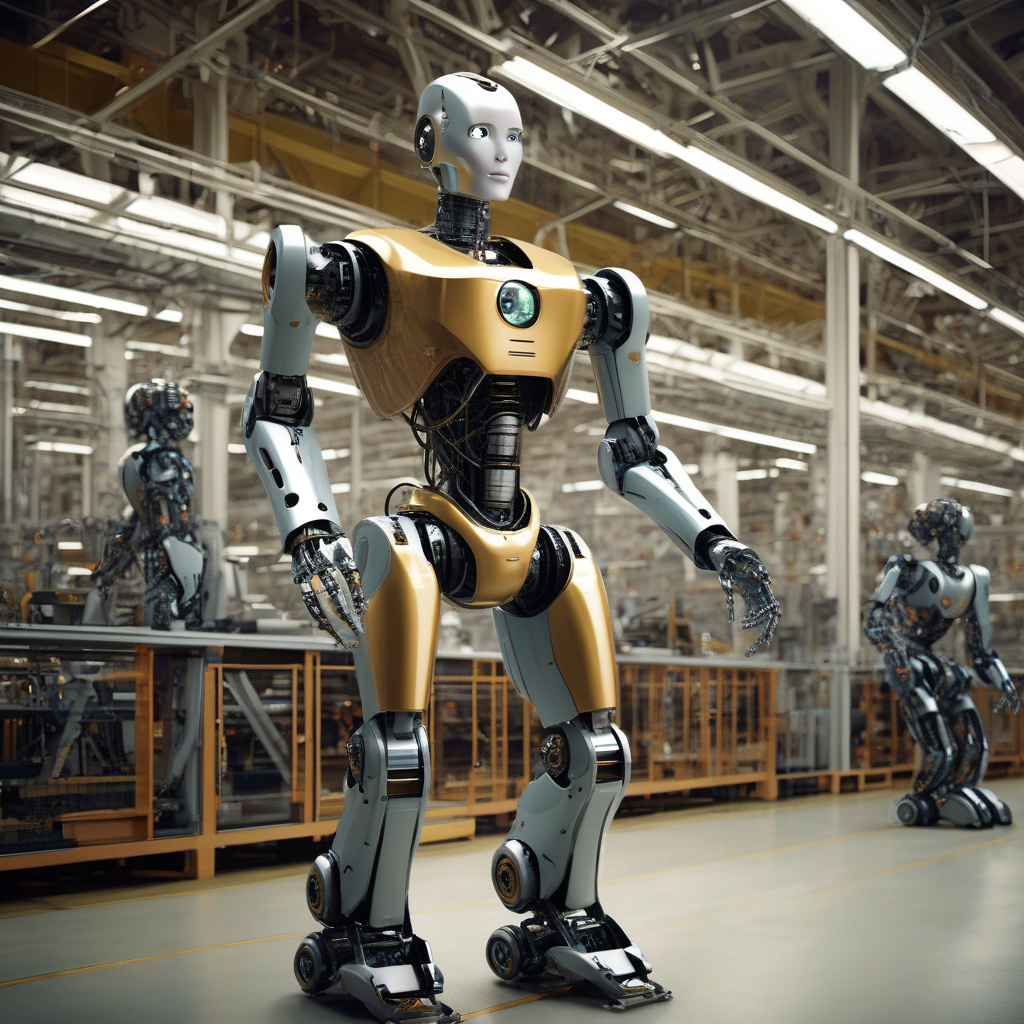Tariffs Stall US Humanoid Robots Push as China Dominates Rare Earth Supplies
Trade tensions overshadow the industry’s supply chains as the US pushes to lead the next generation of humanoid robots. The race to dominate the market for these advanced machines has been hindered by tariffs and China’s stronghold on rare earth supplies.
Humanoid robots have emerged as a game-changer in various sectors, including manufacturing, healthcare, and even customer service. With their human-like appearance and advanced capabilities, these robots are revolutionizing industries and paving the way for a more automated future.
However, the production of humanoid robots relies heavily on rare earth elements, which are essential for their advanced functionalities. These elements, such as neodymium and dysprosium, are primarily sourced from China, giving the country a significant advantage in the market.
The US, recognizing the strategic importance of humanoid robots in maintaining global competitiveness, has been striving to ramp up its production and innovation in this field. American companies have been investing heavily in research and development to create cutting-edge humanoid robots that can meet the growing demand across industries.
Despite these efforts, the looming threat of tariffs has cast a shadow over the industry’s supply chains. The ongoing trade tensions between the US and China have led to uncertainty and disruptions in the flow of rare earth supplies, affecting the production of humanoid robots in the US.
Tariffs imposed on Chinese imports have made it challenging for US companies to access the necessary rare earth materials at competitive prices. This has not only increased production costs but has also slowed down the pace of innovation in the industry, putting the US at a disadvantage against Chinese competitors.
China’s dominance in rare earth supplies has further exacerbated the situation for US companies. With a tight grip on the production and export of these critical materials, China has the power to influence global supply chains and pricing, giving Chinese manufacturers an edge in the market.
To overcome these challenges and regain momentum in the race for humanoid robot supremacy, the US must address its reliance on Chinese rare earth supplies. Diversifying sources of rare earth elements and investing in domestic production capabilities are crucial steps to secure the supply chain for American companies.
Collaboration between government, industry, and academia is also essential to drive innovation and accelerate the development of humanoid robots in the US. By fostering a supportive ecosystem and incentivizing research and investment in this burgeoning field, the US can strengthen its position in the global market.
As the demand for humanoid robots continues to grow across industries, overcoming supply chain disruptions and reducing dependency on Chinese rare earth supplies will be key to unlocking the full potential of this transformative technology. The US has the talent, resources, and ingenuity to lead the way in humanoid robot innovation, but strategic actions are needed to navigate the current challenges and secure a competitive edge in the market.
humanoid robots, US-China trade tensions, rare earth supplies, supply chain disruptions, innovation ecosystem












